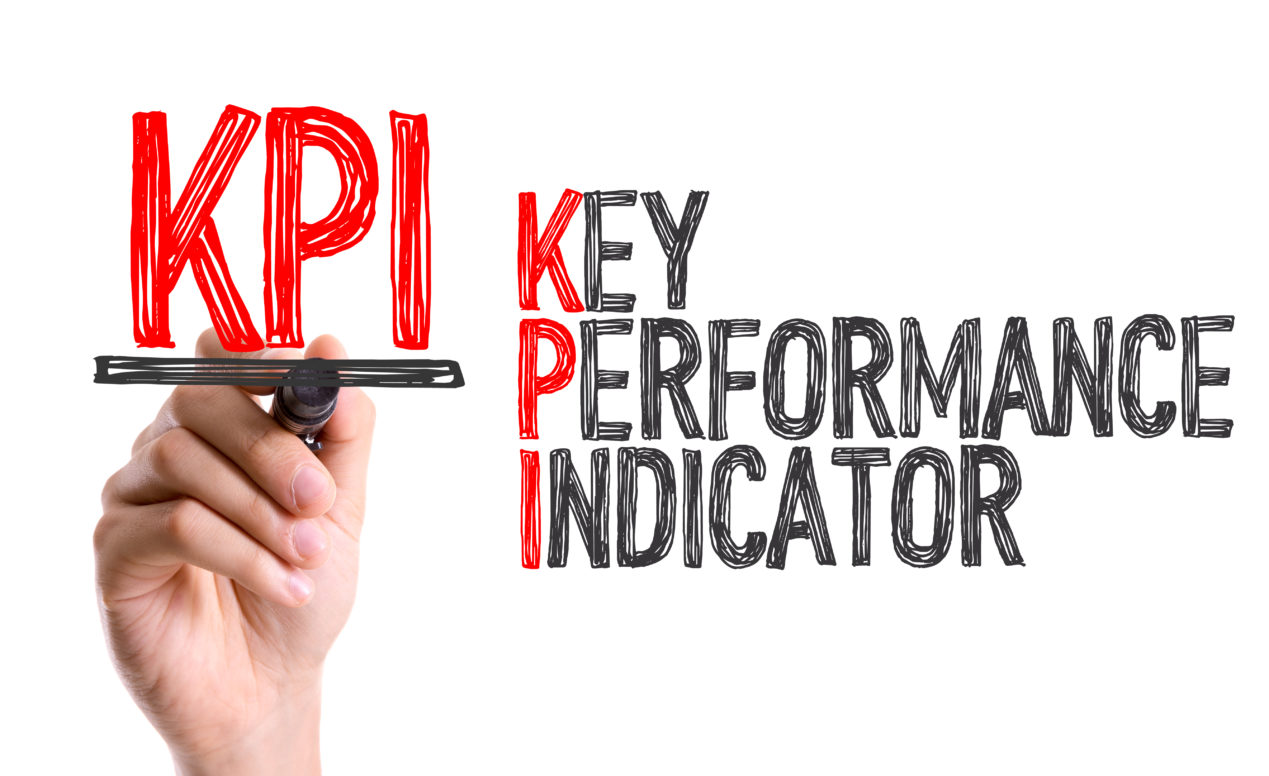Tom’s story shows how managing a business using Key Performance Indicators (KPIs) creates and maintains a profitable growth trajectory.

Here is a true story about Tom, the owner of a complex organization. Tom’s story shows how using Key Performance Indicators (KPIs) can take the guesswork out of managing and provide a savvy business owner with systems that will help create and maintain a profitable organization.
Tom’s business was struggling, so in an attempt to save it, he made a number of critical, high-impact moves:
- He closed a large warehouse and started shipping materials directly to job sites.
- He shut down his remote office and reestablished an office in one of his stores.
- He removed multiple underperforming employees.
- He rented half the retail space in one store to a complimentary vendor, reducing overhead and increasing revenue with additional customer traffic.
- He increased his revenue by being present on the floor of the store where his office was located and monitoring his business.
- He hired a workout specialist to rid him of unsecured vendor debt—approximately $500,000 worth—which eliminated the time and costs he would have otherwise dealt with in the face of multiple lawsuits.
- He entered into a 941 payroll tax workout, saving over half a million in taxes.
After taking these steps, Tom believed that his business was on the upswing. The following month, he did over $335,000 worth of business. Despite this, he couldn’t meet payroll or pay his taxes or his vendors.
Tom believed he was working on a 30 to 40 percent gross margin, which should have yielded over $100,000 in monthly gross profits—more than enough to cover his operational requirements and leave a reasonable profit.
So what happened?
At this point, Second Wind Consultants stepped in and asked Tom the following critical questions:
- “What are your actual gross percentage markup, margin and gross profit?”
- “What are your payroll ratios to gross revenue or net profit?”
- “Can you compare your current payroll with earlier payrolls to see if it is increasing?”
- “What is your overhead burden?”
- “How productive is your installation team; are they finishing jobs on time?”
- “Are you training your employees?”
- “Are you giving performance reviews?”
- “How closely do you monitor your accounts receivable?”
Tom realized he was unable to answer any of these questions with certainty. He had not conducted a financial analysis of his gross profits and profit margins, he had no idea if his payroll was creeping up, and he wasn’t putting in the time to train his employees. Furthermore, he thought his installation teams were “doing okay,” he was only reviewing employees who were doing poorly, and his collection efforts were taking progressively longer.
Obviously, with $335,000 of monthly revenue, Tom should have been profitable; however, because he wasn’t tracking, monitoring or managing his numbers, it was impossible to determine what was wrong with his operation. Without inputting this vital information, Tom had no financial targets, no cash controls and no payroll or overhead budget, so he was essentially running his business in the dark without a flashlight.
Second Wind speculated that Tom’s profit margins were too low, as we became aware that he sometimes reduced prices to get clients. As a result, gross revenues were up, but his net was way down. We also discovered that his salespeople were well paid but lacked an incentive plan; thus, they were unmotivated to work any harder than the status quo. Further inquiry revealed that there was no method for tracking sales to individual salespeople nor to specific stores. Once a system was implemented, we determined that one store was bringing in less than $45,000 a month, while others were doing roughly $145,000 each.
With Key Performance Indicators in place, and a cash flow proforma to monitor the numbers and allow for adjustments in the areas that required them, Tom’s company was finally able to grow and turn a profit. Find out how Second Wind can help you utilize this strategy to propel your business to the next level.

